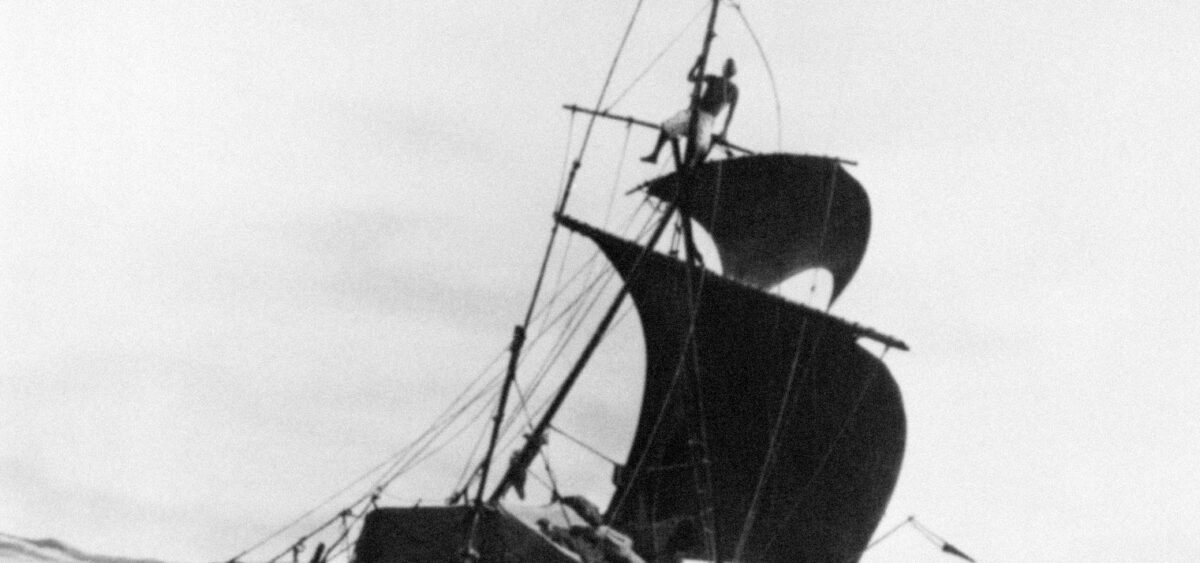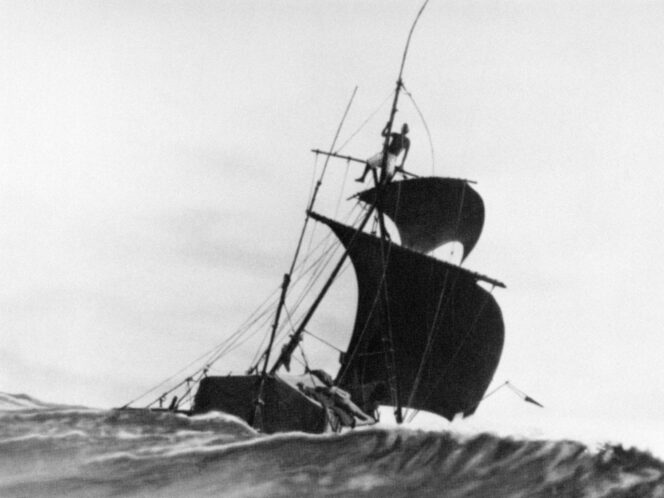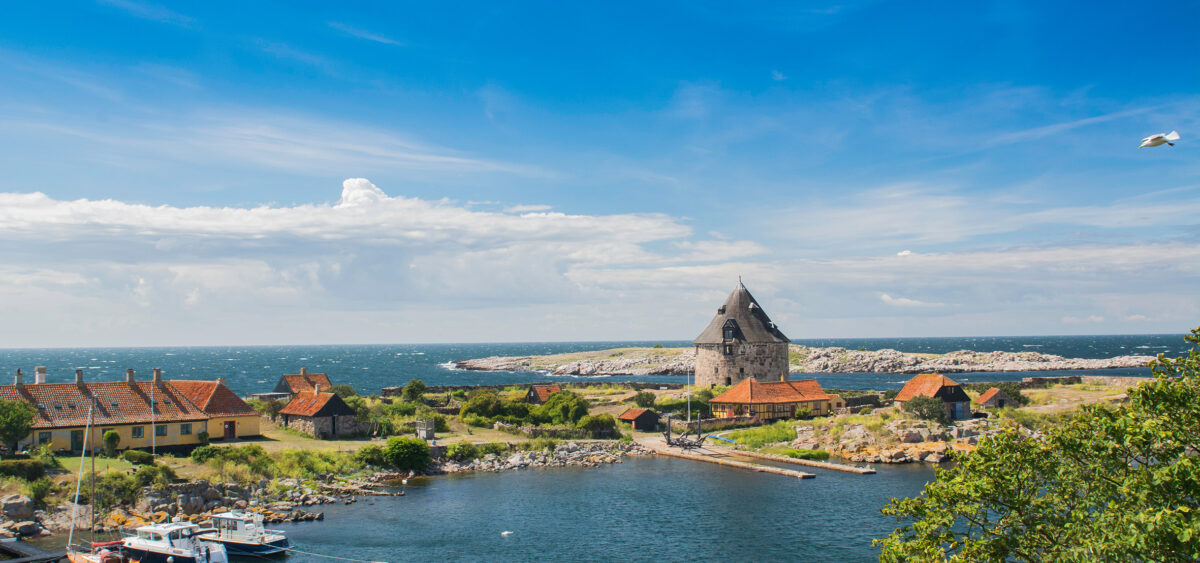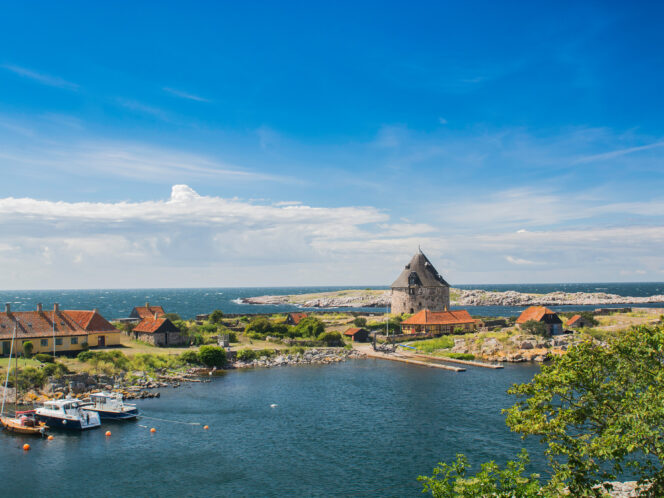
In July 2020, the world’s media reported a genetic link between Polynesians and the Indigenous peoples of Central and South America. The news wouldn’t have been heard so widely if it didn’t relate directly to the theories of the legendary Norwegian traveller Thor Heyerdahl. His Kon-Tiki expedition is one of the most famous voyages of the previous century.
The scientists who compared the DNA of 807 residents of Polynesian islands and the western coast of Central and South America established that the two peoples encountered one another around the turn of the eleventh and twelfth centuries. Eight decades ago, Heyerdahl declared that the Polynesians originated not in Asia, as was believed, but in South America. In response to the argument that this was impossible because they couldn’t have travelled such long distances, he decided to prove it by sailing a raft from Callao, Peru to the Tuamotu archipelago near Tahiti. Almost seventy-five years after the adventurers left port, the legend of the Kon-Tiki still remains in the collective memory.
David, Goliath, and Thor
“It was Tiki in flesh and blood who had led Tei Tetua’s ancestors across the ocean to these islands.
“‘From where?’ I asked, and was curious to hear the old man’s reply.
“‘From Te-Fiti [The East],’ answered the old man and nodded toward that part of the horizon where the sun rose, the direction in which there was no other land except South America.”
That conversation took place in 1937 on Fatu Hiva, an island about the size of the Polish town of Zakopane (eighty-four square kilometers), in a place where the globe is almost entirely blue. According to the aforementioned old man, Tei Tetua was once the leader of the four tribes, but he outlived all his countrymen and all his twelve wives; he was one of the few islanders who remembered and believed in their their fathers’ and grandfathers’ legends of about the great Polynesian chief-god Tika, son of the Sun. The twenty-three-year-old Heyerdahl, who was asking the above questions, was a budding zoologist. Officially, he had come to the island with his wife to research animal migrations, but the couple had been dreaming of getting back to nature. It turned








